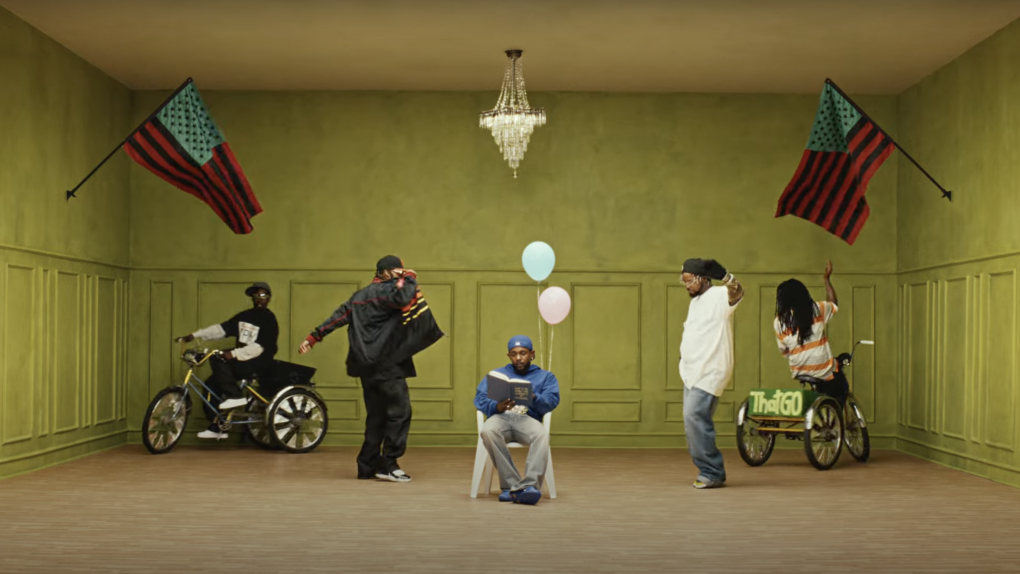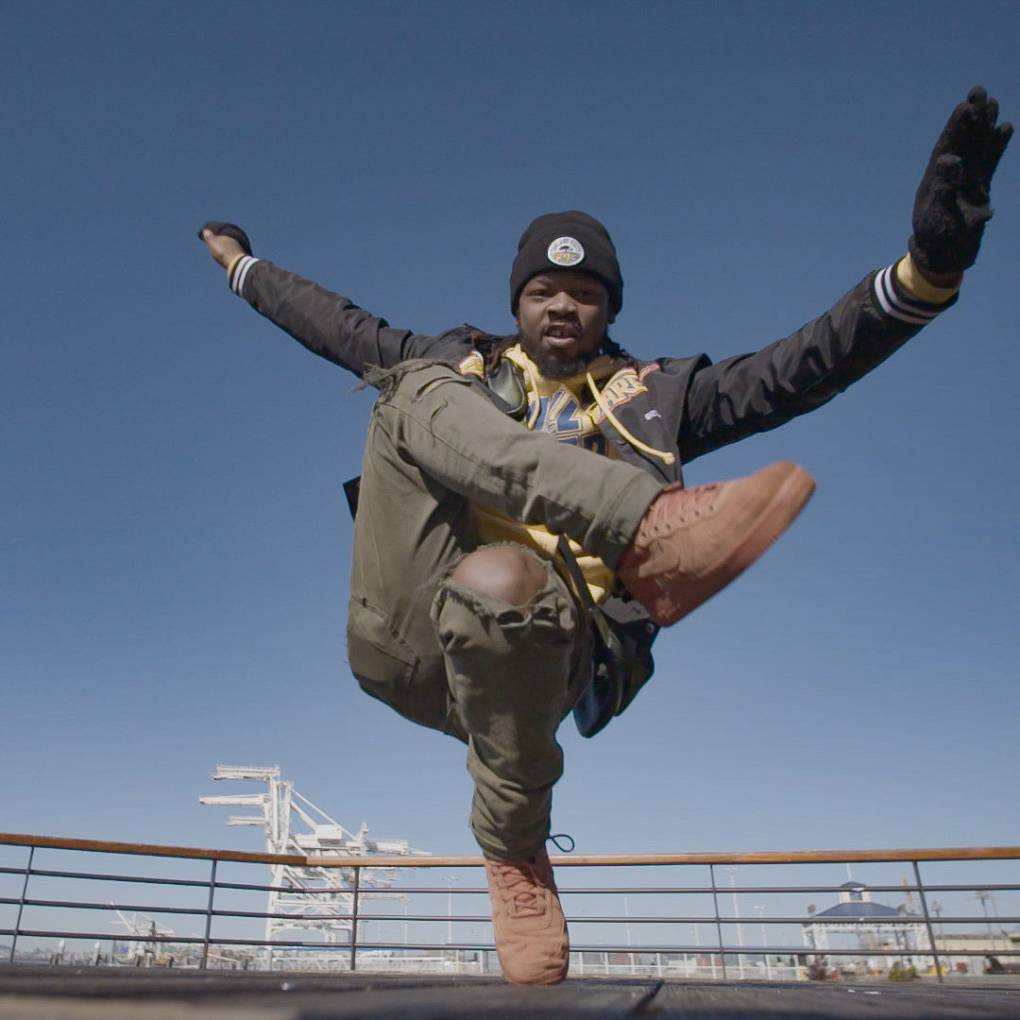It’s hard to think of a more American institution than the Super Bowl, especially this year. President Trump was in attendance, and as if to welcome him and his MAGA followers, who are crusading against diversity, equity and inclusion efforts, the NFL scrubbed the words “End Racism” from its endzone.
Kendrick Lamar Brought Oakland Turf Dancers to the Super Bowl

Amid this resurgence of cultural conservatism, Kendrick Lamar delivered a defiant halftime performance that refused to whitewash the nation’s violent past and present. “It’s a cultural divide, I’ma get it on the flo’ / Forty acres and a mule, this is bigger than the music / Yeah, they tried to rig the game, but you can’t fake influence,” he rapped during a symbolism-heavy show that repeatedly called out systemic racism and the legacy of colonialism.
Throughout his 13 minutes on the Ceasars Superdome field in New Orleans, Lamar uplifted the Black creative ingenuity that springs from some of the U.S.’ most neglected inner cities and shapes mainstream American music, slang, fashion and culture — usually without proper credit or compensation. As part of that, he included a crew of turf dancers from Oakland and other parts of the Bay Area.
“I think that was powerful. When you look at the history of it, Black people gave blood, sweat and tears to this country,” said Icecold 3000, one of the dancers in the halftime performance.
At the 1:34-minute mark of the video, Icecold 3000 and Dmonte, who were also featured in Lamar’s “squabble up” music video, appeared in a larger ensemble of Bay Area dancers that included Yung Phil, Kid A the Great, Levi Allen, Stuck Sanders, Live Free Skeeter, Dopeyfresh, Long Live Mosi, Omar Twinz and Brandon Butler.
“It’s important that people get to see turf dancers on a big stage like that,” Icecold continued, noting that dance is a cornerstone of hip-hop culture that often gets overlooked. “It’s people with a lot of dreams that they like to give up on. Seeing a style like this that’s not appreciated in the mainstream market — this is a ‘you can do anything’-type story.”
After the turfers went dumb, flashing their grills during “squabble up,” Samuel L. Jackson chimed in as a satirical version of Uncle Sam.
“No, no, no! Too loud, too reckless. Too ghetto,” he chastised them on stage. “Mr. Lamar, do you really know how to play the game?”
Conservative politicians and commentators had pretty much the same reaction to Lamar’s halftime show in real life.
Just before the six-minute mark, the turf dancers returned once again, this time under a streetlamp reminiscent of America’s many blighted street corners. Despite hundreds of years of policy that have denied Black Americans opportunity and dignity, despite powerful people like Trump who downplay these wrongs, Lamar affirms: “I deserve it all.”
For Icecold and the other dancers, collaborating with one of today’s most dominant rappers on one of the world’s biggest stages was a major milestone. But the true win for Icecold was making Oakland and the Bay proud.
“I think the main thing that had me ultimately juiced and happy was knowing that everybody at home was happy at the exact same time,” Icecold said proudly. “Like, the whole Bay Area was happy.”



